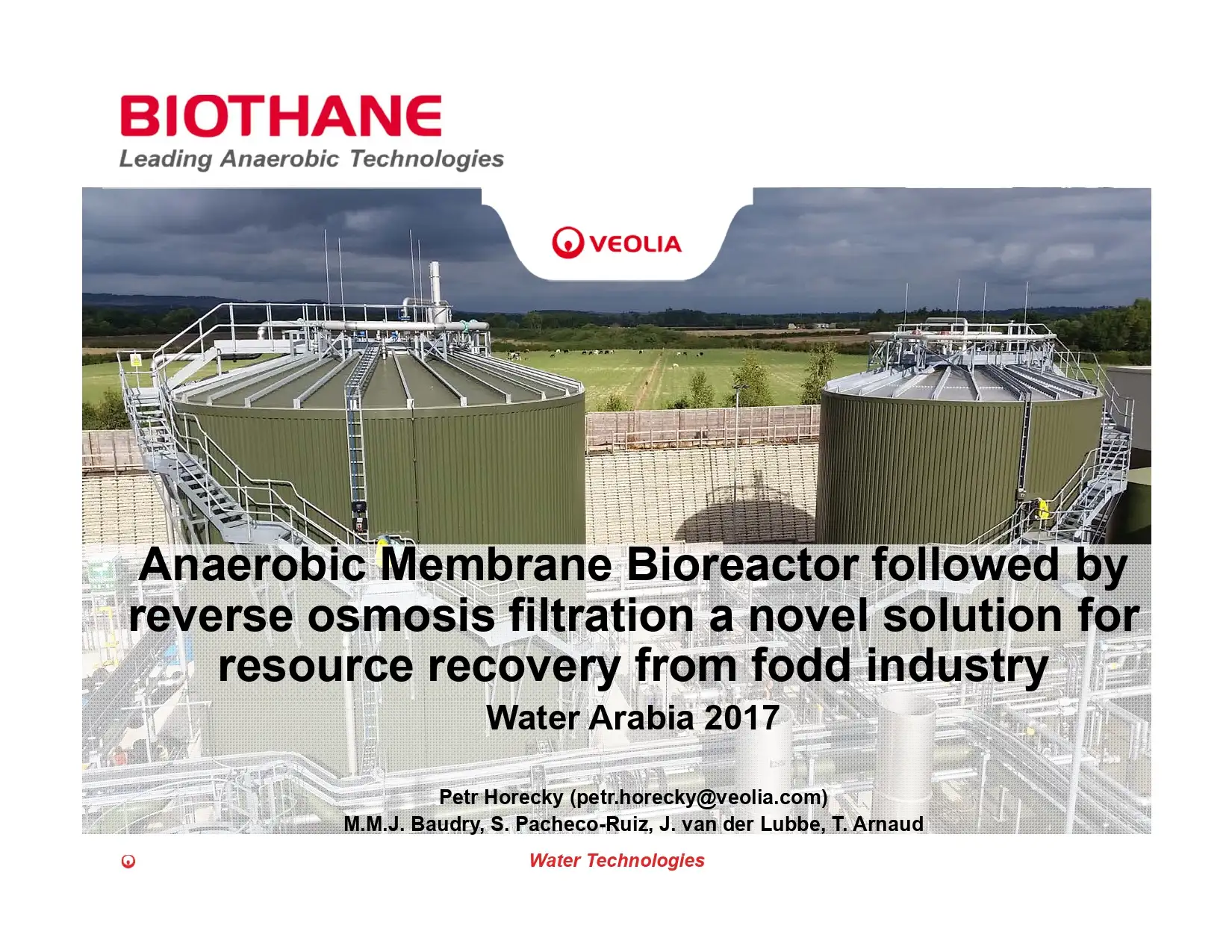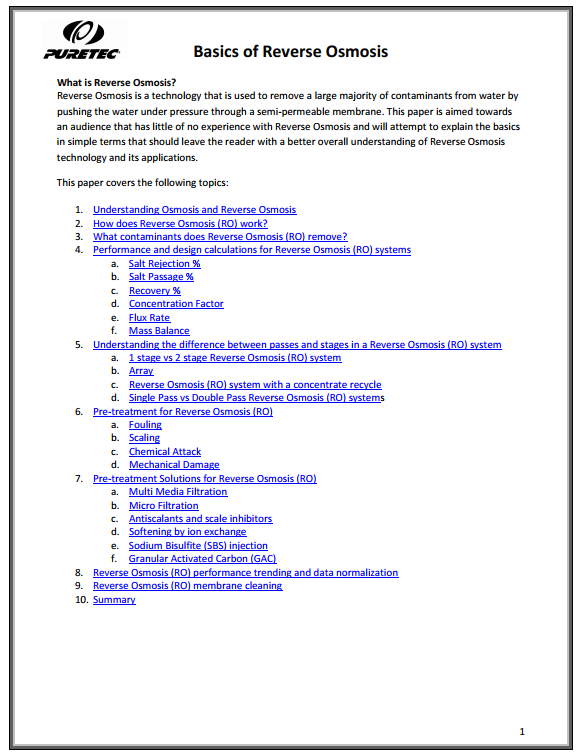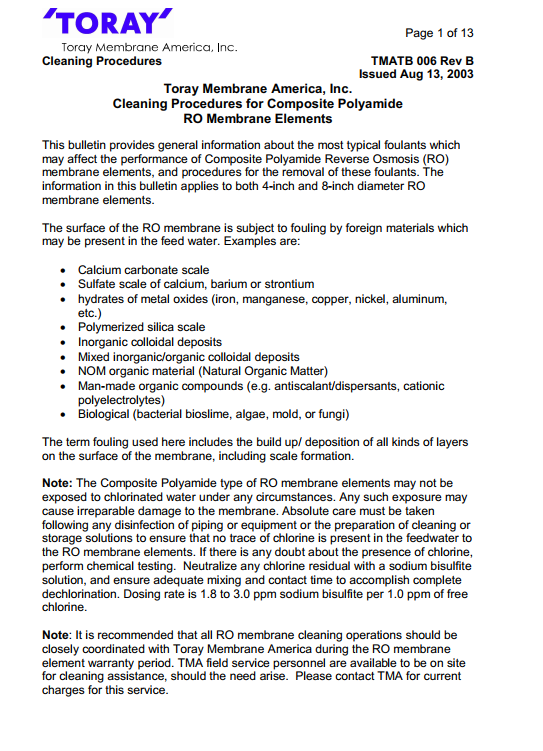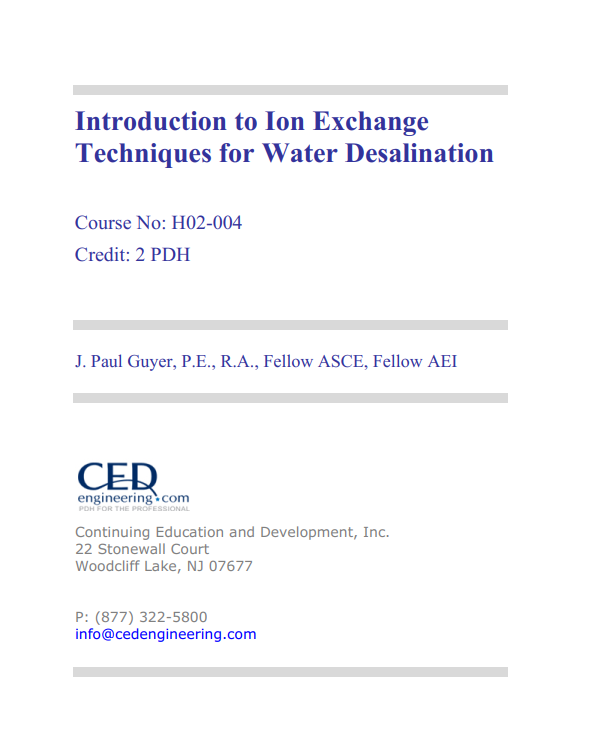Implementation of the National Desalination and Water Purification Technology Roadmap: Structuring and Directing the Development of Water Supply Solutions
Implementation of the National Desalination and Water Purification Technology Roadmap
Credit to: https://www.waterrf.org/
INTRODUCTION:
In the United States, economic growth increasingly requires that greater volumes of freshwater be made available for new users, yet supplies of freshwater are already allocated to existing users. Currently, water for new users is made available through re-allocation of existing water supplies—for example, by cities purchasing agricultural water rights. Water may also be made available through conservation efforts and, in some locales, through the development of “new” water from non-traditional sources such as the oceans, deep aquifer brackish groundwater, and water reuse. Developing “new” water from non-traditional sources relies primarily on membrane filtration (e.g., reverse osmosis) and to a lesser extent distillation. Both are technology-intensive processes whose future depends on the development of, respectively, better membranes and more efficient heat transfer approaches. Membrane filtration in particular carries with it weighty pre- and post-treatment concerns: How to prevent the formation of filter-clogging inorganic and biologic scales? How to dispose of residual concentrated brines? How to chemically stabilize the water that is produced?
Water development in the 20th century largely involved the physical collection and transfer of freshwater by dams and aqueducts. Because of tightening supplies and public resistance to further dam building, water development in the 21st century will increasingly rely on creating or reclaiming water from non traditional sources by membrane filtration and other desalination processes. Since the latter are tied so strongly to technology, the absolute volume of new water produced in the United States in the 21st century will likely reflect the extent of new research and development investment in desalination. This has happened before. In the 1950s and 1960s, the U.S. government invested a total of roughly $900 million (in 1985 dollars) in desalination research conducted through the Office of Saline Water in the Department of the Interior. Reverse osmosis (RO) desalination is one of the notable inventions that resulted from this federal investment: RO is presently a $2 billion per year global market, and the technology is used to produce six billion gallons of water per day.
Increasing the availability of new water will likely require a renewed national commitment to
desalination research and development.
Only logged in customers who have purchased this product may leave a review.















Reviews
There are no reviews yet.